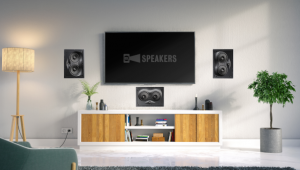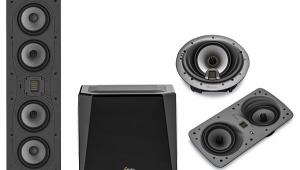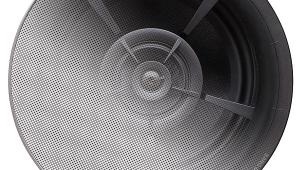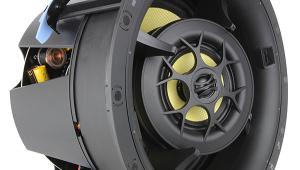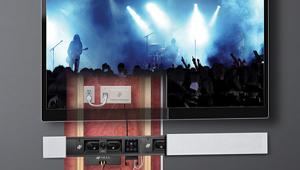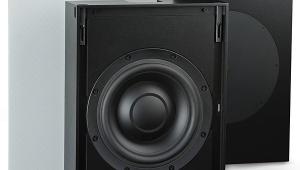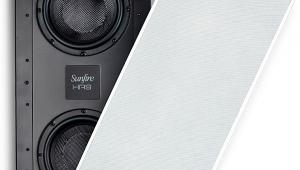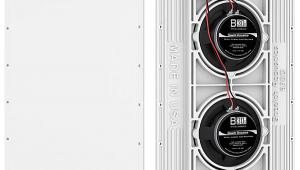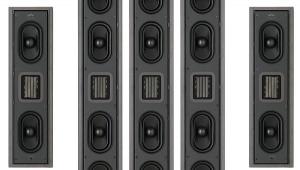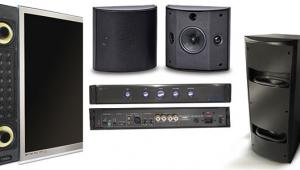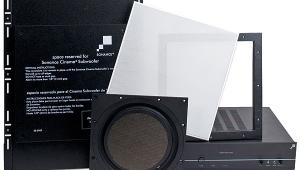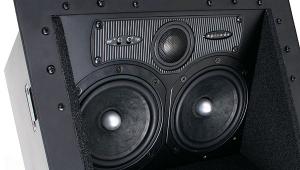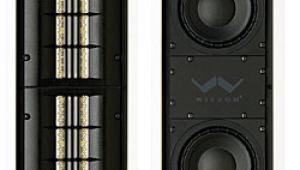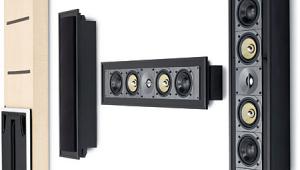Triad DS500 In-Wall Speaker System
Invisible or Invisibull?
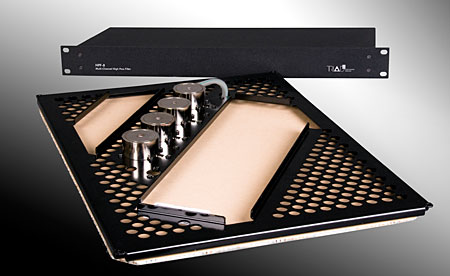
It’s a terrible disease in which your brain gets eaten away from the inside out—yet you won’t see those little donation boxes at checkout counters begging for your loose change to find a cure. In fact, most people aren’t aware that it even exists, although they certainly see its debilitating effects every day. It’s called Chronic Euphemism Syndrome (CES), and it runs rampant throughout consumer electronics companies’ marketing departments. Salespeople suffer mightily from it, too. The entire profession is tainted with images of the truth being throttled to within inches of its life in the back room where the salesperson heads after he says, “Let me ask my manager.”
If you’re not familiar with the disease, a euphemism is a substitution of a nice, fluffy term instead of one that’s not so agreeable—like saying “subsurface cemetery engineer” when you really mean “gravedigger.” It’s also like saying “Editor-at-Large” when it’s really, “We don’t know what he does, but at least we don’t have to put up with him in the office.” You’ll find at least one euphemism in every advertisement you see or hear (including the ones in this magazine). For example, take ads for wireless speakers. The people who create and sign off on the ads are classic sufferers of CES because, in 99.9 percent of the products, so-called wireless speakers have a power cord that you need to plug into an AC outlet. Wireless? Please. (Sadly, “less wires” doesn’t have the same ring to it, and the grammatically correct “fewer wires” would be even more lackluster.) When it comes to in-wall speakers, you’ll come across the phrase “nearly invisible.” This actually means, “You can still see them, but at least they’re not as butt-ugly as other in-wall speakers.” Will modern medicine ever find a cure?
Quest for Invisibility
For years, speaker manufacturers have tried to make in-wall speakers as non-visible as possible, so they wouldn’t have to stretch the truth in their marketing campaigns. One method is to attach special transducers directly to the back of the drywall. This turns that section of the wall into a giant transducer. In theory, it’s a great idea because there’s nothing to see but the wall itself. (However, since you can see it, this technically means it’s not invisible, but that’s another discussion). Unfortunately, these products—at least the ones I’ve heard—don’t sound very good. (There’s a reason why speaker designers don’t use drywall as the cone material for woofers and midrange drivers. It sucks as a transducer.)
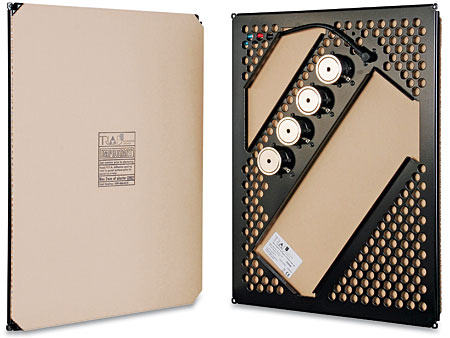
Another way to make a speaker disappear is to paint the grille to match the wall. Some companies have made speakers that are disguised as picture frames (desktop or wall mounted). MTX Audio makes a “near wireless” stealth speaker that’s built into a torchiere, plus another that’s built into a ceiling fan. Klipsch recently demonstrated a wireless speaker that disappears when you screw it into the sockets of your house’s can lights. However, none of these solutions succeeds in creating a truly invisible speaker that sounds as good as a visible one.
Invisibull?
Triad’s forte is in-wall and in-ceiling speakers and subwoofers. You’ve likely never heard of the company before (they don’t get out much), and if you have, you probably thought it was a planet in Battlestar Galactica. I’ve reviewed various in-wall and in-ceiling speakers from Triad over the years, and they’ve always impressed my socks off. (Usually both socks, but sometimes only one.) The Triadians have always designed their custom-install speakers to be as unobtrusive as possible, but they’ve now attempted to conquer a new realm with the DesignerSeries line.
The Triadians claim that these speakers are “truly invisible.”
For this review, Triad sent me a pair of its top-of-the-line DS500 in-wall speakers. At first, I was shocked when I opened the box to discover that these speakers are not invisible. I could plainly see both speakers cradled in the packing material. After I had a brief conversation with Paul Scarpelli, a guy who answered the phone and said he worked for Triad (actually, he’s Triad’s director of sales and marketing), I learned that the DesignerSeries speakers are not invisible until after you install them in the wall. If they’d told me that earlier, it would have prevented a rather embarrassing conversation.
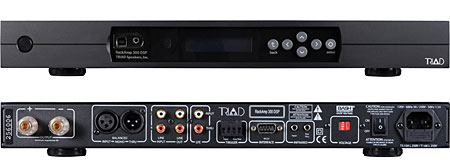
In their visible state, the DS500s are 13.63-by-17.75-inch speaker panels. Each speaker features a powder-coated aluminum frame, a rigid aluminum honeycomb core with a paper skin surface, and four hockey-puck-like electromechanical drive devices mounted on the back. Since the speaker’s only 1.63 inches thick, it’s hard to believe it could produce much sound at all. It’s certainly hard to believe it could produce listenable high-fidelity sound. But it’s more unbelievable than that. Triad instructs you to cut a hole in the wall that’s just large enough for the speaker to fit in. You then mount the panel flush with the wall and cover it with plaster and paint or wallpaper. This makes it invisible to the naked eye but supposedly audible to the equally (but more sensually) naked ear. That’s right, you can not only smear plaster all over the speakers, but you can also put wallpaper over them!
